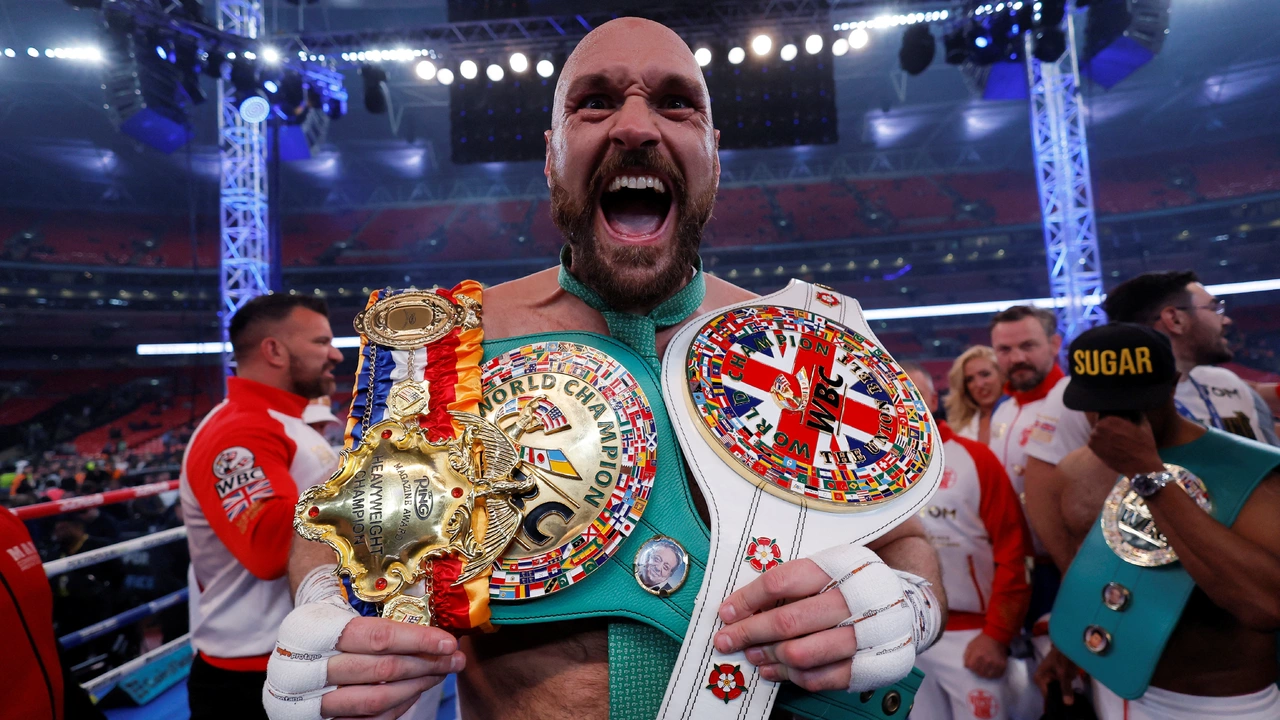Boxing Champion Guide: Training, Mindset and the Road to the Top
If you’ve ever watched a champion lift that belt and wondered how they got there, you’re not alone. The truth is, becoming a boxing champion isn’t magic – it’s a mix of hard work, smart habits, and a relentless attitude. Below you’ll find the key pieces that separate a champion from a regular fighter, plus clear steps you can start using today.
What Sets a Boxing Champion Apart?
First, champions treat every session like a test. They show up for the early‑morning cardio, the brutal mitt work, and the sparring rounds even when they feel tired. Consistency beats occasional bursts of effort every time. Second, their technique is razor‑sharp. They spend more time perfecting footwork and defense than throwing power punches, because a clean win is safer than a risky knockout.
Third, the mental game is huge. Champions visualize each round, rehearse possible scenarios, and stay calm under pressure. When the crowd roars, they don’t get rattled – they stay focused on the plan they built during training. Finally, nutrition and recovery aren’t afterthoughts. A champion’s diet is balanced, and they prioritize sleep, stretching, and physiotherapy to keep the body in peak condition.
Steps to Build Your Own Champion Journey
1. Set a clear goal. Instead of “I want to be good,” aim for “I’ll win a regional title in 12 months.” Write it down and break it into monthly milestones – like improving jab speed by 10% or adding two extra sparring sessions each week.
2. Design a structured training plan. Mix cardio (running, jump rope), strength (bodyweight circuits, weightlifting), skill work (shadowboxing, bag drills) and sparring. Keep a log so you can see progress and tweak weak areas quickly.
3. Find a mentor or coach who’s worked with champions. Their experience will help you avoid bad habits and give you feedback that’s impossible to get on your own. Even occasional video reviews can boost your technique fast.
4. Build a champion mindset. Start each day with a short visualization: picture the fight, see yourself landing clean shots, feel the confidence. When setbacks happen – a loss or a bad training day – treat them as data, not defeat.
5. Prioritize recovery. Stretch after every session, use foam rollers, and schedule at least one full rest day per week. Proper sleep (7‑9 hours) is non‑negotiable; it’s when the body repairs the micro‑tears that make you stronger.
6. Track nutrition. Fuel with lean proteins, complex carbs, and healthy fats. Hydration matters too – aim for at least 3 liters of water daily, more if you train hard.
7. Compete regularly. Small local fights build experience and confidence. Each bout teaches you how to handle pressure, adjust strategy mid‑round, and stay calm when the judges score.
Remember, the path to champion status isn’t a straight line. You’ll face injuries, plateaus, and tough decisions. The key is to stay adaptable, keep learning, and never lose sight of why you started. Follow these steps, stay disciplined, and you’ll be moving closer to that title belt every day.
Why is Tyson Fury called the gipsy king?
Hello mates, in this post, we dive into the story behind why Tyson Fury is called the Gipsy King. We’ll take a jaunt through Fury's lineage, digging into his family's rich history within the boxing world. We'll also explore the special connotations attached to the nickname 'Gipsy King' and how it mirrors Fury's distinctive personality. Expect a one-two punch of insightful info, and get ready to go a few rounds with this titillating topic!
